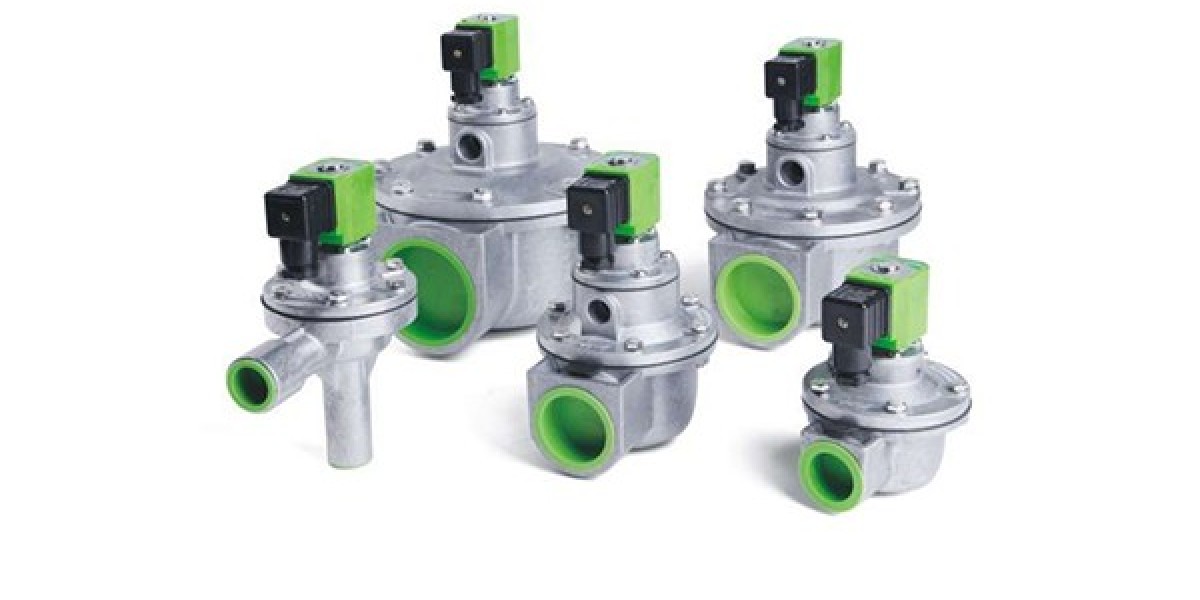The Sixth Generation Pulse Controller is now being applied more and more widely. According to statistics, its market share is very high. Especially in The power station boiler industry, the use of its Sixth Generation Pulse Controller is widespread. When purchasing a new product, one often doesn't know how to use it. A standardized and reasonable operation not only improves the dust removal efficiency of the device but also provides a guarantee for the operator. So a standardized operation specification is very important.
The startup of The Sixth Generation Pulse Controller
Before use, to prevent the filter bags from clogging, pre-spray the filter bags first (in cases where the dust removal bags are used for the first time or have been used but have not had time for a long time). If they have just been used, there is no need to carry out the ascending step. Next, check whether all the doors of the flue gas pipelines are closed, inspect whether the joints of the equipment are leaking, and adjust the pulse frequency, width and injection pressure, etc.
2. Operated by The Sixth Generation Pulse Controller
After startup, a powder layer will form on the surface of the filter bags. In the offline state, the dust collector will carry out the dust cleaning procedure. Under normal circumstances, the state of a dust collector is the pressure drop of the dust removal system. Especially the pressure drop of a single filter chamber in the dust collector. A sudden increase or decrease in pressure drop indicates that the filter bags may be leaking, clogged or the ash cleaning system may fail, etc. For the protection of the filter bags, the pressure drop in each filter chamber should not exceed 2000Pa.
3. Dust cleaning of the filter bags
Dust cleaning can be carried out in two ways: automatic and manual. The automatic method can be further divided into two types: fixed-resistance and timed dust cleaning. Timed control, that is, when choosing, it is set as "automatic" - "timed". Once the system meets certain conditions, the ash cleaning work begins. Constant resistance control is "automatic" - "constant resistance" when selected, and it is also the system that will automatically perform dust cleaning when the conditions are met. The manual one is started by the operator manually to clean the dust.
4. The shutdown of The Sixth Generation Pulse Controller
Use PLC to shut down the dust collector, and then manually close the air inlet regulating valve. The closure of the filter chamber is also controlled by the PLC for dust cleaning.
The Sixth Generation Pulse Controller is a kind of dry dust filtering device. After the filter material has been used for a period of time, due to effects such as screening, collision, retention, diffusion and static electricity, a layer of dust accumulates on the surface of the filter bag. This layer of dust is called the primary layer. During the subsequent movement process, the primary layer becomes the main filtering layer of the filter material. Relying on the effect of the primary layer, filter materials with larger mesh sizes can also achieve higher filtering efficiency. As dust accumulates on the surface of the filter material, both the efficiency and resistance of the dust collector increase accordingly. When the pressure difference on both sides of the filter material is large, some fine dust particles that have adhered to the filter material will be squeezed through, reducing the efficiency of the dust collector. In addition, if the resistance of the dust collector is too high, the air volume of the dust removal system will decrease significantly. Therefore, when the resistance of the dust collector reaches a certain value, it is necessary to clean the dust in time. When cleaning the ash, the primary layer must not be damaged to avoid a decrease in efficiency.
The technical benefits of The Sixth Generation Pulse Controller equipment:
1. The dust removal efficiency is very high.
2. Reasonable dust cleaning procedures and cycles ensure the dust cleaning effect of the dust collector and the service life of the filter bags.
3. The diversification of ash cleaning control types allows for the determination of different ash cleaning methods based on different working conditions. Compound offline pulse dust cleaning can be achieved.
4. Under the correct selection of filter materials and working conditions, bag-type dust collectors can capture dusty gases without the need for secondary dust removal, ensuring that the emission concentration is less than 50mg/m³ and meeting the allowable emission standards.
5. When bag-type dust collectors are used for pulverized coal dust removal, they are also equipped with explosion-proof devices to ensure smooth operation. When used for dust removal on the top of the silo, it does not need to be equipped with brackets, ash hoppers and ash discharge devices.
6. Different filter bag materials can be selected based on various properties of the materials (such as acidity, alkalinity, high-temperature resistance, particle size, electrical load tolerance, etc.), and have a wide range of applications.
7. According to the usage conditions, various forms such as long-bag low-voltage pulses, flat-bag low-voltage pulses, and round-bag high-voltage pulses can be selected.
The Sixth Generation Pulse Controller https://www.cnsbfec.com/DMK-6CS-Sixth-Generation-Pulse-Controller.html








